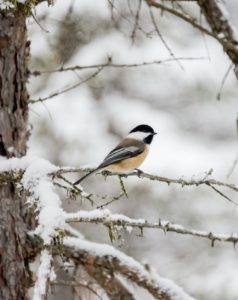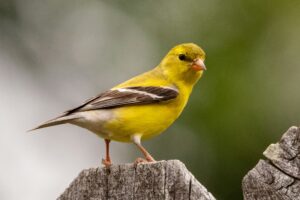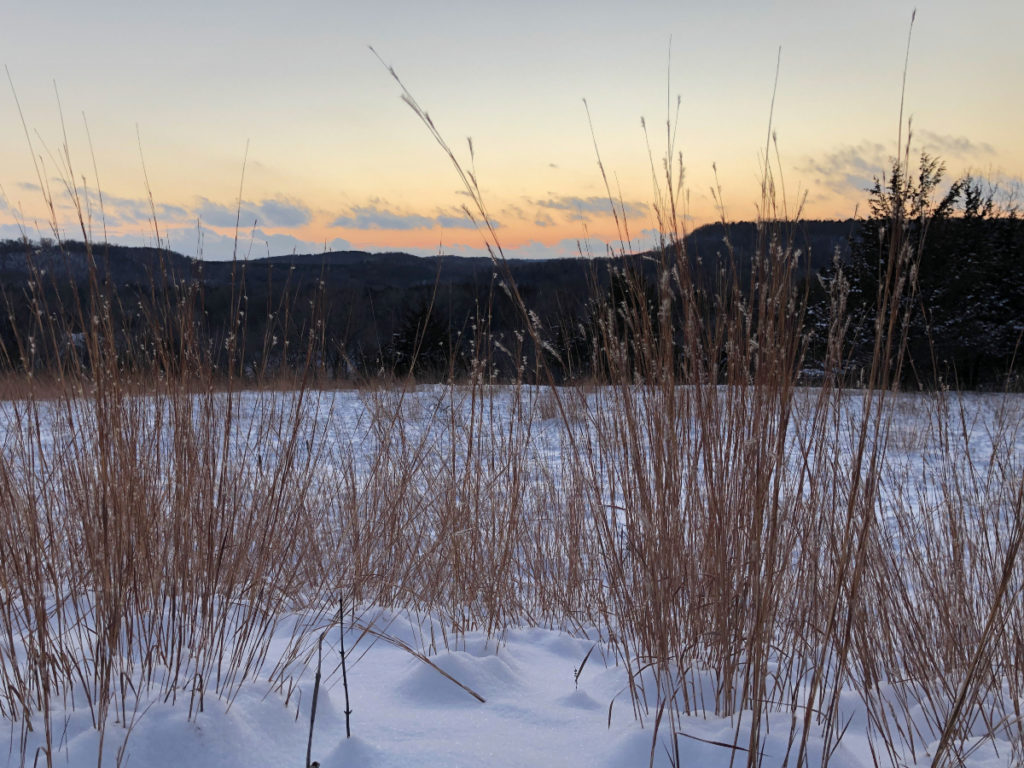To those of us who are commiserating about the dark and cold of the next couple of months, take heart. We have passed the point of no return and are headed into the light!
It’s been nearly a month since our longest night and already we’ve gained roughly 22 minutes of daylight. By the end of January it will be 54 minutes more.
This increase in daylength, or photoperiod, plays an important role in every aspect of the natural world as it reliably predicts the changing of seasons. This is the message that cues animals to prepare for the next part of their life cycle.

For example, decreasing daylight in the fall signals chickadees that it’s time to cache their food for the winter season. The number of neurons in their hippocampus increases by 30 percent, which enables them to remember where they put those all-important seeds. When the photoperiod increases in the spring and food becomes more available, chickadees’ brains change again and mating and nesting become the new directive.
In January and February, fox and coyote are just beginning to feel the mating urge; owls are in the beginning of their nesting season. By late January or early February, male raccoons rouse from their winter sleep to go looking for many mates before they head back to their den—all because of daylength (photoperiod).
As the photoperiod increases over the coming weeks, look and listen for these signs of increasing daylight:
- Chickadees are beginning to sing their “Feebee” or “Hey, sweetie” mating song.
- Northern cardinals will soon join in with their “What cheer! What cheer!” song.
- Fox and coyote will be marking their territories with urine and looking for den sites with their mate.
- Owls are nesting now and will be duet hooting with their mate.
- Goldfinches will slowly begin to show more yellow plumage.
- Male raccoons will be making tracks in the snow as they search for mates.

Looking forward to the light is about bringing hope to the heart. However, let’s not forget to enjoy the winter world around us and to “be here now,” as Buddhist monk Thich Nhat Hanh teaches. There are mouse tracks and tunnels from shrews to discover, crunching snow to listen to, and that only-in-the-winter crisp air to experience.

Recently, a crew of Belwin volunteers took a hike together and were inspired to write about their winter adventure in the form of haiku. Perhaps you will feel similarly inspired to write a poem or prose or haiku about your time spent at Belwin. If you do, please share it with us (send to info@belwin.org). We’d love to hear from you!
“Snowy frigid fields
In brilliant rays of the sun
Grasses luminous”
– Polly Carlson
“Seeking texture, there
Above the glistening snow
Knapweed seeds mock us”
–Susan Amacher
“Two below zero
And there’s laughter in the air
Oh, what joyful friends”
–Helen Penny